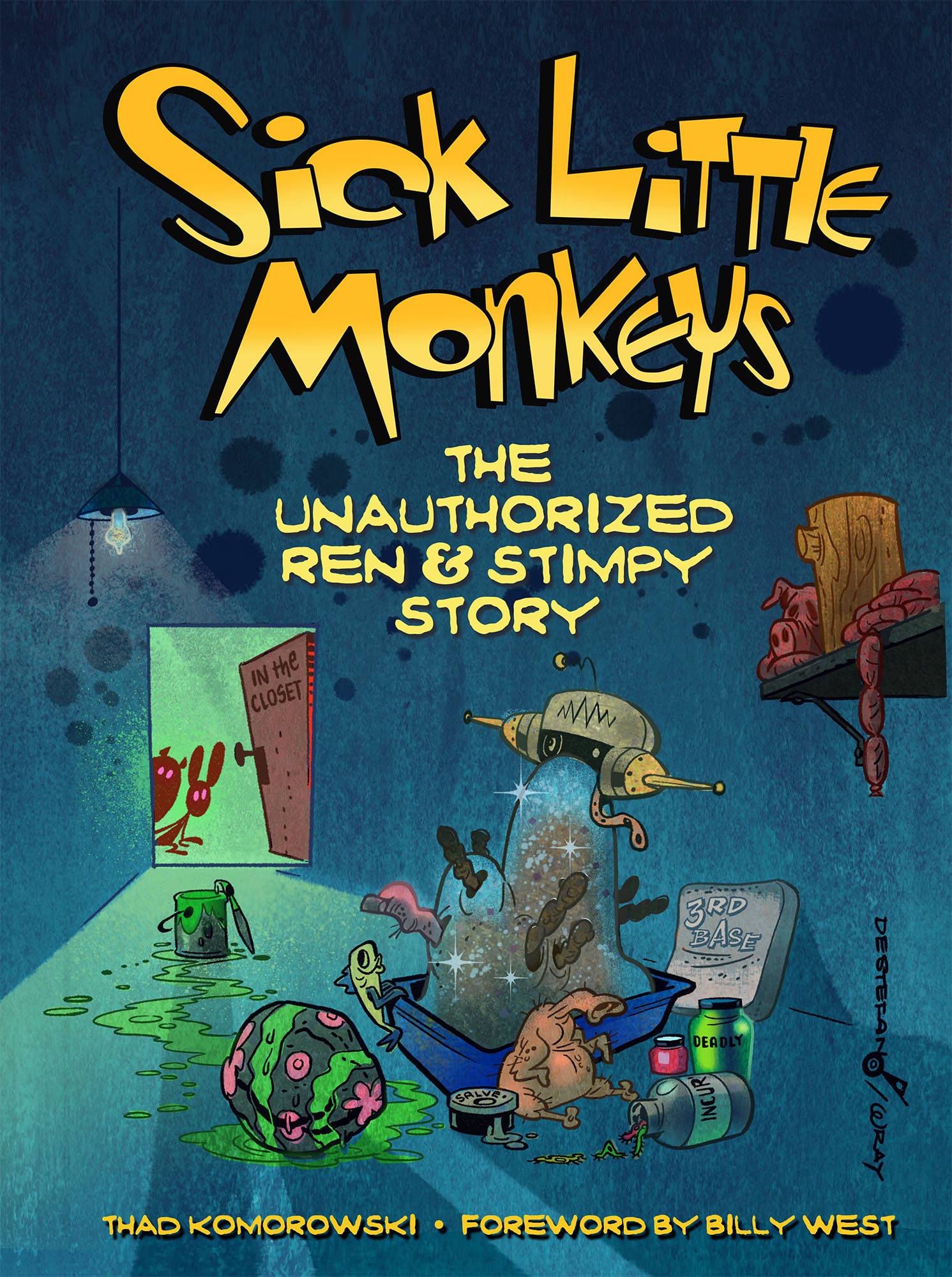Echoing Frank’s system, I’ll save commentary for after the strips to prevent spoilers. As the strips originally appeared from April 27th to June 6th, 1936.
Mickey shows off some real acting skills here never seen in the films. In a bit of self-parody, he plays a naive, “goshing” hick to get in Trigger’s good books and trail him without sacrificing his position. Gottfredson also portrays Mickey as a great observer of human behavior, almost echoing the great detective flicks that filled many a matinee in this era. As previously stated, the Gottfredson mouse delivered just about everything the screen mouse did not.
As Mickey’s adventure continues, he is reacquainted with the most colorful of all Disney villains, Peg-Leg Pete. Though usually more fleshed-out as a character than the ones he oppresses onscreen, the animated Pete’s nasty charm was primarily carried by the brilliant performance of Billy Bletcher. Remembered for bullying Mickey onscreen, the thuggish cat was at his best terrorizing Donald in notable shorts like Timber, Trombone Trouble, and The New Neighbor.
Pete in this story does not fit the typical weenie/Disney villain criteria. He is not merely a domineering bully, but a true sadist. Make no mistake of the undertones in the lengthy section where Pete subjects Mickey to torturous ‘duties’. While it is a diabolically delicious way to get Mickey off of his and Trigger’s trails, this is payback for all of the previous cat-and-mouse battles they’ve had previously. The bodily harm (fairly graphically depicted in the art) is simply not enough for this monster. Pete knows that Mickey is aware of what he’s doing, and takes savage pleasure in seeing Mickey refusing to jeopardize his mission in any way, bearing the shame the whole time.
Before it folded, Gemstone Publishing printed a slightly altered version of the May 7th strip, where the African cops are redrawn as dogs (probably by Daan Jippes, the only person alive who can draw in the style of any Disney cartoonist perfectly, not to mention having an amazing style all his own). Probably the biggest bone of contentions with printing the Gottfredson dailies are these antiquated racial caricatures, littered here and there throughout the strip’s history. While the stereotypes are merely incidental here, certain other stories, notably In Search of Jungle Treasure and The Plumber’s Helper, go far beyond the typical ‘darkie’ types and give us an unfortunate insight into Gottfredson’s prejudices. This is not to play a game of pointing fingers or put Gottfredson down in anyway, but it is an unavoidable issue when studying the richest portions of the man’s oeuvre.
——————————————————————————————————————————
Relevant to the discussion of Disney storytelling, I see that my colleague David Gerstein, inbetween telling Scrooge McDuck what to do in Norwegian and sending whiny texts to Tom S. and I about the crying babies on the plane with him, has had another back-and-forth over the use of written prose during the Disney studio’s golden age. If you can read the whole thing, David is, naturally, right and amazingly patient in his dialog with a blatant fraud, supporting his protection of history with his many months of painstaking research. When you are done reading, don’t forget to click the PayPal button on the right and deposit some funds to support my own archive/porn bill. See youse.




















